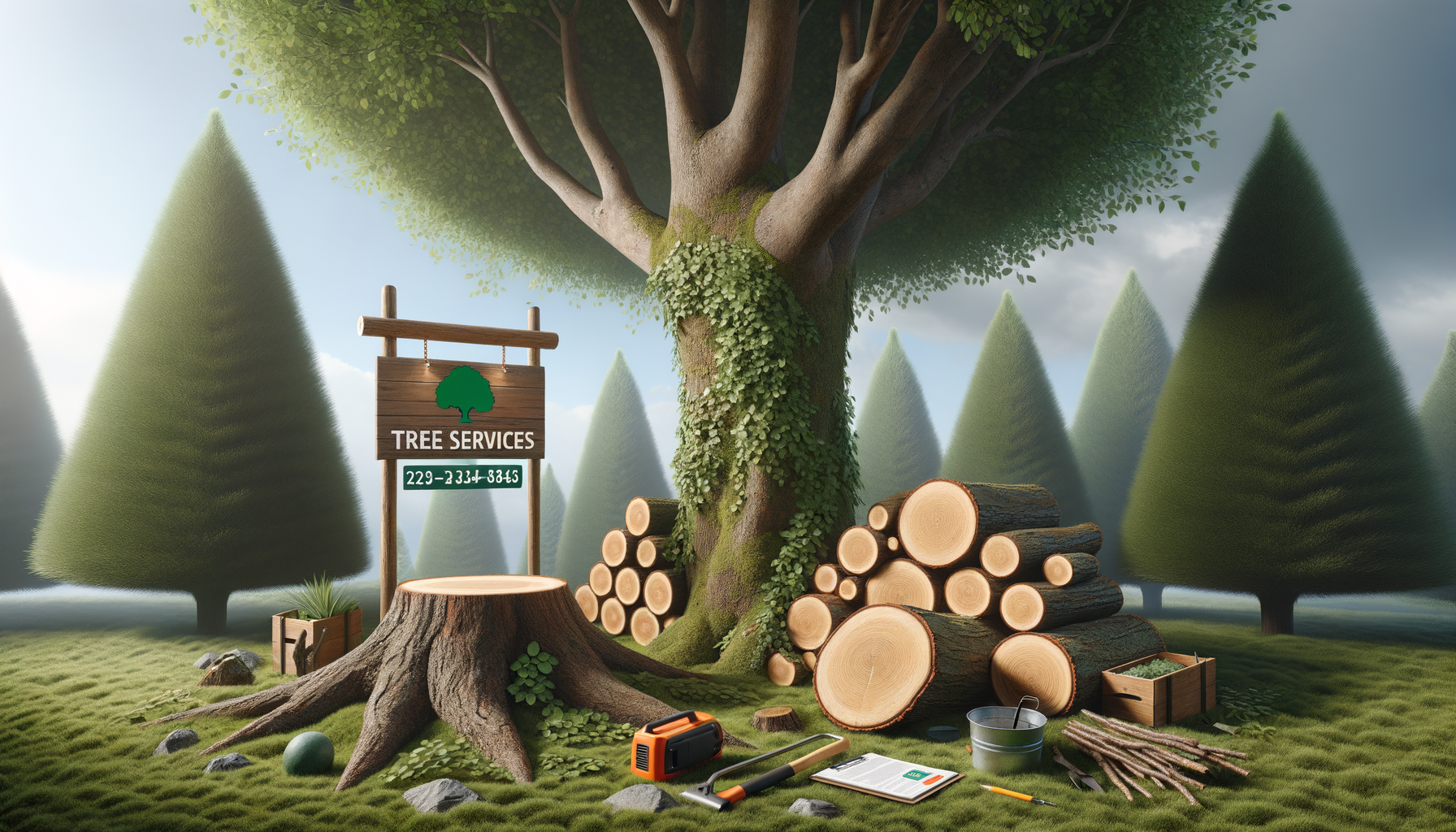
Tree Removal Services: What to Expect and How to Choose a Qualified Provider
Understanding the Necessity of Tree Removal
Tree removal is a significant decision that often arises from necessity rather than choice. Understanding when it is required can prevent potential hazards and maintain the aesthetic and safety of your property. Several factors might necessitate tree removal, including disease, storm damage, or the tree’s age. A diseased tree can become a host for pests, which may spread to healthy trees or even affect your home. Furthermore, storm-damaged trees pose a risk of falling branches or the entire tree toppling, endangering people and property.
Another critical reason for tree removal is construction or landscaping projects. Trees might obstruct new building plans, or their roots could interfere with plumbing and foundation structures. In such cases, removing the tree becomes essential to prevent damage and facilitate development. To determine the necessity of tree removal, it is advisable to consult with an arborist who can assess the tree’s health and potential risks.
Here are some common signs that a tree might need removal:
- Visible signs of disease, such as fungus growth, dead branches, or wilting leaves.
- Leaning significantly to one side, indicating potential structural instability.
- Roots causing damage to sidewalks, driveways, or underground utilities.
- Tree obstructing construction or landscaping plans.
By understanding these indicators, property owners can make informed decisions about when tree removal is necessary, ensuring safety and preserving the integrity of their surroundings.
Choosing a Qualified Tree Removal Provider
Selecting the right tree removal service is crucial for a safe and efficient process. A qualified provider will have the necessary expertise, equipment, and insurance to handle the task professionally. When evaluating potential providers, consider the following key aspects:
First, check for proper licensing and insurance. A reputable tree service company should have the appropriate licenses to operate in your area and adequate insurance to cover any potential damage or injuries. This not only protects you but also assures that the company adheres to industry standards.
Experience is another vital factor. Companies with a long-standing presence in the industry are likely to have encountered various tree-related challenges, equipping them with the skills needed to handle your specific situation. Additionally, look for customer reviews and testimonials to gauge the company’s reputation and reliability.
When contacting tree removal services, ask about their safety practices and equipment. A professional provider will prioritize safety and use modern tools to ensure the job is done efficiently and without unnecessary risk. Moreover, inquire about their process for obtaining necessary permits, as some areas require official permission for tree removal.
Here are some questions to ask potential providers:
- Can you provide proof of insurance and licensing?
- How many years of experience do you have in tree removal?
- What safety measures do you implement during the removal process?
- Do you handle permit applications if required?
- Can you provide references from previous clients?
By carefully selecting a qualified provider, you can ensure a smooth and secure tree removal experience, safeguarding your property and peace of mind.
The Tree Removal Process: What to Expect
Understanding the steps involved in tree removal can help you better prepare for the process. While each tree removal is unique, depending on the tree’s size, location, and condition, there are common steps that most services will follow.
The first step is an initial assessment by the tree removal team. They will evaluate the tree’s health, size, and location to determine the best approach. This assessment is crucial for planning the removal strategy and ensuring safety. The team will also identify any potential obstacles, such as power lines or nearby structures, that could affect the removal.
Once the assessment is complete, the team will develop a detailed removal plan. This often involves deciding whether the tree should be cut down in sections or felled in one piece, depending on space and safety considerations. The use of specialized equipment, such as chainsaws, cranes, or bucket trucks, may be necessary to handle larger or more complex removals.
During the removal process, safety is paramount. The team will use ropes and harnesses to secure branches and prevent them from falling uncontrollably. Ground personnel will clear debris and ensure the area remains safe for both workers and bystanders.
After the tree is removed, the team will typically offer stump grinding services to eliminate the remaining stump, preventing future growth and improving the site’s appearance. They may also provide cleanup services to remove debris, leaving your property clean and tidy.
Preparing for tree removal involves understanding these steps and communicating effectively with your chosen provider. By knowing what to expect, you can ensure a seamless process that minimizes disruption and maximizes safety.


